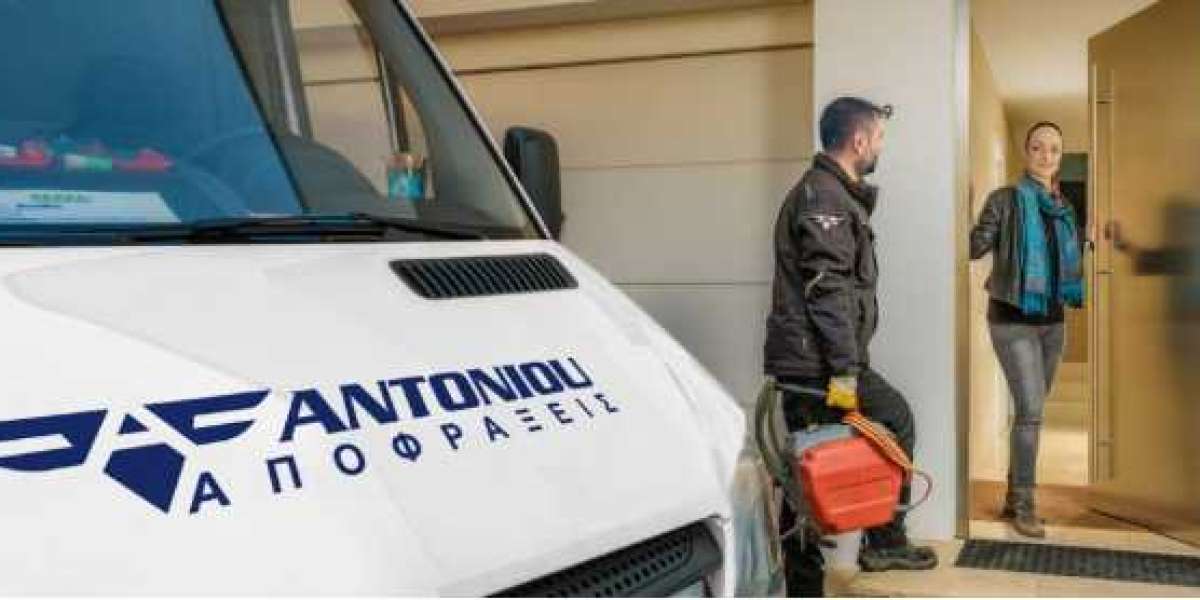Unlike other security solutions that are based on a static model, CARTA network security is continuous and adaptive. It recommends evaluating users and devices continuously and making contextual access decisions. It’s rooted in the Zero Trust framework and advocates that no user or device should be inherently trusted.
It relies on analytics to detect anomalies and automates the process, so it can evaluate and respond to threats much sooner. It’s a valuable tool for CISOs fighting against cyber threats.
Adaptive Security
Carta network security is an around-the-clock monitoring system that changes with the threat landscape. It uses heuristics, an intuitive intelligence approach that studies behaviors and patterns rather than examining log files or monitoring checkpoints. This helps to detect cyber criminals’ methods and respond to breaches within milliseconds.
It aims to reduce the attack surface by closing entry points used by cybercriminals to infiltrate systems and networks. It also focuses on continuous monitoring of users, systems and network traffic. The resulting real-time evaluations can be prioritized and filtered in a dynamic way, and the corresponding automatic responses can be initiated quickly. This leads to a significant reduction in the time it takes to react to threats and limit the damage they cause.
CARTA network security includes three phases: prevention, detection and prediction. The first phase involves reviewing the risks of the business to identify cyber security protections. This includes patching vulnerabilities, reviewing systems, defining security policies, and strengthening existing security controls. It also requires reducing the number of security entry points by limiting connectivity to known good, trusted resources. In addition, it defines acceptable behavior by establishing the expected behavior of critical components and processes that should not be mistaken for a threat. Finally, it sets triggers to monitor suspicious behaviors and to respond to them in a meaningful manner, without causing damage to the system.
Zero Trust
Zero trust takes a fundamentally different approach to network security. It removes the moat around your applications and data that most attackers rely on by default. Instead, all traffic is treated as hostile until proven otherwise, and access is based on identity-based validation rather than on a predefined set of attributes like IP addresses or ports. This gives you stronger, more granular access control that travels with workloads across environments, ensuring safe digital transformation while enabling business productivity.
Today’s enterprise has a complex perimeter that includes multiple locations, remote employees, and third-party vendors and partners. The traditional approach to network security relies on trusted IP addresses, ports and protocols, but this assumes that you can know what’s inside your networks and only require verification for what’s outside them. Zero trust changes that assumption by assuming nothing is trusted by default and requires verification for every new connection, even from the cloud.
This shift is driven by the need for better granular security controls in the face of a changing landscape of users, devices, applications and data. It’s also prompted by the need for faster detection and response times — so you can close gaps before hackers get in and stop the business from moving forward. Zero trust solutions, such as Netskope’s Private Access, combine comprehensive access policies with unified visibility and protection through integrated cloud-native technologies including an inline CASB, next generation secure web gateway and data loss prevention (DLP). This allows you to quickly verify, protect and enable a frictionless zero trust journey that works in diverse environments.
Adaptive Access
As threats become more sophisticated, organizations need security that can adjust to the changing threat landscape. Traditional methods of authentication—username and password combinations—can’t handle this dynamic challenge. When users exhibit a drastic change in their device, location or behavior—for instance, logging in from a city not in their usual pattern of activity—adaptive access imposes more stringent authentication requirements. This helps prevent data breaches and other forms of cyberattack.
A Zero Trust adaptive access policy solution leverages user context to delegate governed access permissions for business applications. It’s a more effective approach than the traditional perimeter method and supports remote work and BYOD strategies without disrupting productivity. It also supports granular security policies for every application, API or software tool—and can protect against advanced threats that bypass legacy security tools.
Risk-based adaptive access requires continuous identification, analysis, prioritization and monitoring. This includes the initial login assessment as well as the ability to detect and prevent threats at the application, business transaction or master data level—along with proactive and reactive controls. Adaptive access solutions also incorporate device identity and posture assessments, which take into account the attributes of the endpoint, such as its security posture (for example, anti-virus status), where it has been located and what it’s usually used for. These data points can be correlated with the user’s risk profile to help identify potential phishing, malware or ransomware attacks before they happen.
Continuous Monitoring
Continuous monitoring can be a powerful tool for detecting potential threats that would otherwise be missed by traditional point-in-time threat assessments. However, this type of monitoring can’t be done manually and must involve intelligent data collection and correlation technologies that allow analysts to quickly and accurately detect patterns and anomalies.








